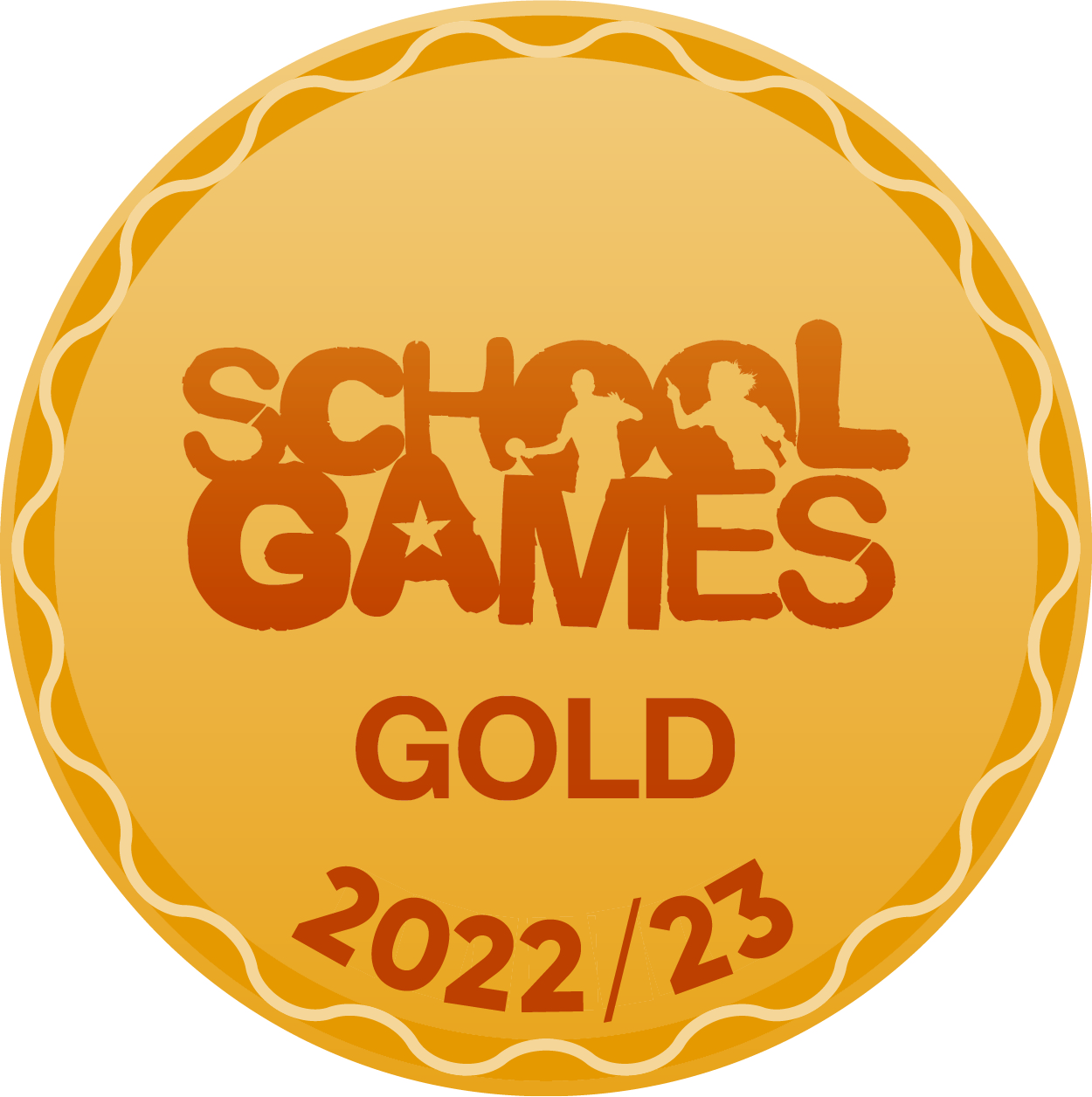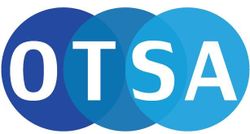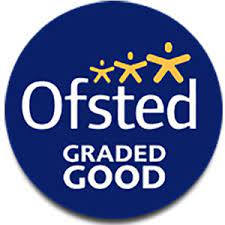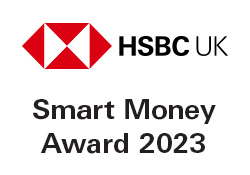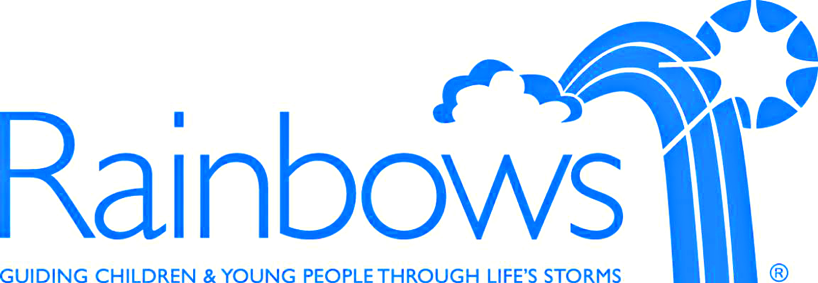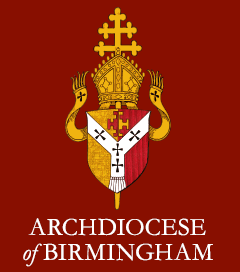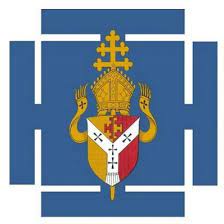Maths
Intent
Our vision
Our maths curriculum is shaped by our school vision which aims to enable all children to flourish and become RUAH children. Mathematics is an essential part of everyday life and at Our Lady’s we believe that all children, regardless of their starting points, can become fluent mathematicians and have the confidence to solve the future mathematical challenges in our modern world. We intend that all pupils at Our Lady’s Catholic Primary School should be empowered to develop enjoyment and a sense of curiosity about the subject.
Why do we teach it in the way that we do?
We firmly believe that a secure understanding of number is vital. Each pupil is taught to handle numbers and process them competently as a step towards wider understanding and the ability to think and reason mathematically. We use the objectives of the Early Years Framework (2021) and the National Curriculum objectives (2014) for Mathematics so that children have secure knowledge of number, geometry, statistics and measurement. As a school we approach all domains of the National Curriculum using concrete, pictorial and abstract methods to help our children deepen and broaden their understanding of different mathematical concepts.
Implementation
How do we implement our vision in our school?
To implement the content and aims of the Early Years Framework and the National Curriculum, and to enable children to be able to solve future mathematical challenges in our modern world, we use the teaching sequence of White Rose Maths, supplemented by I Can Do Maths individual books in Years 2-6. The teaching sequence of White Rose Maths ensures clear skills and knowledge progression from Early Years to Year 6. The use of I Can Do Maths Books gives children additional opportunities to use and apply their maths knowledge and their reasoning and problem solving skills.
What does it look like in our classrooms?
Early Years
In Early Years, Mathematics is taught using the teaching sequence of White Rose Maths. We have a clear understanding that children can work with small numbers but do big thinking. Using this approach, children in EYFS consolidate and deepen their understanding of working with numbers 1-10 and transfer those skills to bigger numbers, when they are ready to. Both adult-led and child-led continuous provision activities provides opportunities for children to consolidate sequences of learning.
Key Stage 1 and Key Stage 2
Maths is taught explicitly for 1 hour every day following the teaching sequence of White Rose Maths. Practical and independent tasks allow children to practice mathematical skills to create effective sequences of learning and build on key skills to ensure progression towards achieving age-related expectations.
All children in Years 2-6 use I Can Do Maths to provide additional practise of number and problem solving equations so by the time children complete Year 6, they are fluent mathematicians and are ready for the mathematical challenges of Year 7.
Split class teaching
Our Lady’s Catholic Primary School is a one and a half form entry school. Each split class is expected to teach both year group’s curriculum in a separate and dynamic way. Teachers will use a range of teaching strategies to provide each different year group with the tools they need to succeed.
What does it look like around our school?
At Our Lady’s we promote positive attitudes towards mathematics and ensure that maths is visual around our school through:
- Maths working walls in every classroom showcasing the particular learning for that week and learning that has taken place over time
- Resources that are orderly and easily accessible for children to use independently during lessons (should they choose)
- The award of Mathematician of the Month and exemplary work on display
- The appearance of numbers and shapes in both Nursery and Reception inside and outside classrooms.
Impact
Children complete their primary education with a very good level of mathematics, ready to be developed at the next stage in their education. They display a good level of confidence in maths and they are resilient to challenge. Children have good recall of number facts and can adapt lines of enquiry to solve problems. They are equipped with the skills to solve future mathematical challenges in the modern world.
Past Academic Achievement in Mathematics:
Our academic results over the past 5 years have been either at national or significantly above national averages in maths.
How do we monitor and review the impact of mathematics at our school?
The maths subject leader uses the following lines of enquiry to assess the impact of the maths curriculum:
- Assessment data of children achieving GLD at the end of Reception.
- End of Key Stage 1 and 2 assessment tests and comparisons against national results.
- Fluency and confidence when problem solving independently or as part of a team.
- Maths assessment data on Target Tracker.
- Maths data on Mathletics.
- Weekly scores of I Can Do Maths tests.
- Discussions with pupils.
- Discussions with teachers.
- Learning behaviour in the classrooms.
- Profile of maths around the school.

